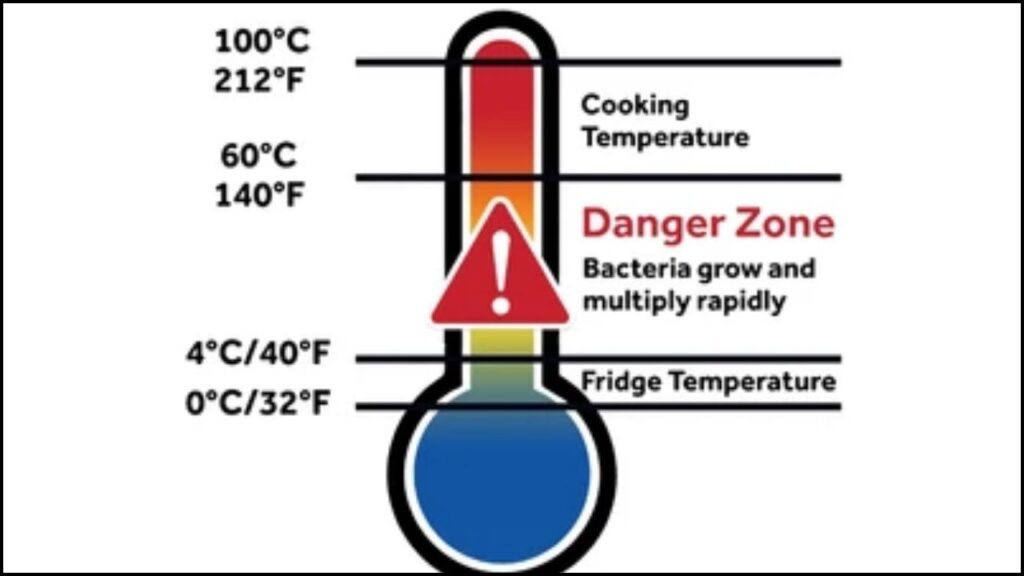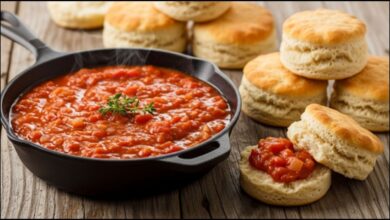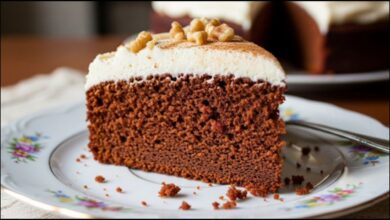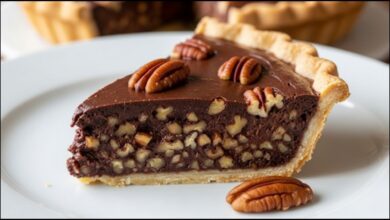At summer picnics and barbecues, mayonnaise-based salads are often eyed with suspicion. However, food scientists confirm that the real cause of rapid coleslaw spoilage isn’t the mayo. Instead, the culprits are the raw vegetables and, most critically, improper temperature control, which creates a breeding ground for harmful bacteria that can cause foodborne illness.
Debunking the Mayonnaise Myth
For decades, mayonnaise has been wrongly accused of being the primary villain in spoiled picnic salads. The belief is so widespread that many avoid these dishes entirely at outdoor gatherings. However, scientific evidence points in the opposite direction, identifying commercial mayonnaise as an unlikely source of contamination.
“Commercial mayonnaise is a surprisingly acidic food product,” said Dr. Benjamin Chapman, a professor and food safety specialist at North Carolina State University. In a widely cited article on food safety, he explains that its high acidity, derived from ingredients like vinegar and lemon juice, creates an environment that is inhospitable to many of the bacteria that cause foodborne illness. The pH of commercial mayonnaise is typically between 3.6 and 4.0, which is acidic enough to slow or prevent the growth of pathogens like Salmonella and Staphylococcus aureus.
The U.S. Department of Agriculture (USDA) corroborates this, noting that the eggs used in commercially produced mayonnaise are pasteurized, eliminating the risk of salmonella from the ingredient itself. While homemade mayonnaise using raw, unpasteurized eggs can pose a risk, the store-bought dressings used in most coleslaws are manufactured under strict safety controls.
The Real Culprits Behind Coleslaw Spoilage
If mayonnaise isn’t the problem, what is? Food safety experts agree that the risk originates with the other ingredients and how the final dish is handled. The primary factors contributing to coleslaw spoilage are the microbial load of the fresh produce and temperature abuse.
The Ingredients: Cabbage and Carrots
The journey of coleslaw’s core ingredients—cabbage and carrots—starts in a field. Raw vegetables can carry a significant number of microorganisms from the soil and water. “Any raw agricultural product is going to have some level of bacteria on it,” states information from the University of California’s Division of Agriculture and Natural Resources. When cabbage is shredded and carrots are grated, two things happen:
- Any bacteria on the surface of the vegetables are distributed throughout the entire salad.
- The cell walls of the vegetables are broken down, releasing water and nutrients that provide an ideal food source for bacteria to multiply.
Adding ingredients like sugar, which is common in many coleslaw recipes, can further fuel this bacterial growth.
The Temperature Danger Zone

The single most critical factor in food safety is temperature. The USDA defines the “temperature danger zone” as the range between 40∘F (4∘C) and 140∘F (60∘C). Within this range, pathogenic bacteria can double in number in as little as 20 minutes.
When a bowl of coleslaw sits on a picnic table on a warm day, its temperature quickly enters this danger zone. Even if the salad was properly refrigerated beforehand, its shelf life in the sun is extremely limited. This risk is central to all picnic food safety guidelines.
Best Practices for Safe Summer Salads
Preventing foodborne illness from coleslaw and other perishable salads like potato or pasta salad relies on a few key principles of food handling and temperature control.
“The rule of thumb is to never leave perishable foods out of refrigeration for more than two hours,” advises the U.S. Food and Drug Administration (FDA). “If the temperature is above 90∘F, food should not be left out for more than one hour.”
Experts recommend the following steps:
- Keep it Cold: Transport salads in a well-insulated cooler with plenty of ice or frozen gel packs. The cooler’s temperature should be maintained at or below 40∘F (4∘C).
- Serve Smart: When serving, place the coleslaw bowl inside a larger bowl filled with ice to keep it chilled. Avoid leaving it in direct sunlight.
- Watch the Clock: Put leftovers back in the cooler or refrigerator as soon as possible. If the salad has been sitting out for more than two hours (or one hour in high heat), the safest course of action is to discard it.
- Start Clean: Ensure all cutting boards, utensils, and hands are thoroughly cleaned before preparing the salad to prevent cross-contamination.
While the mayonnaise myth persists, the science is clear. The responsibility for keeping coleslaw safe doesn’t lie in avoiding a particular ingredient but in diligently managing the factors that allow bacteria to thrive: the initial cleanliness of the vegetables and, above all, consistent and correct temperature control. By following established food safety guidelines, these classic summer dishes can be enjoyed without worry.
The Umami Effect: How Japanese Mayonnaise is Quietly Redefining American Comfort Food


 How Quick Air Fryer Meals Are Reshaping the American Kitchen
How Quick Air Fryer Meals Are Reshaping the American Kitchen A Depression-Era Staple, Southern Tomato Gravy, Finds New Life in Modern Kitchens
A Depression-Era Staple, Southern Tomato Gravy, Finds New Life in Modern Kitchens Why a Forgotten 1950s Cake with a Secret Ingredient Is Trending Again
Why a Forgotten 1950s Cake with a Secret Ingredient Is Trending Again More Than a Dessert: How Tar Heel Pie Captures the Essence of North Carolina
More Than a Dessert: How Tar Heel Pie Captures the Essence of North Carolina